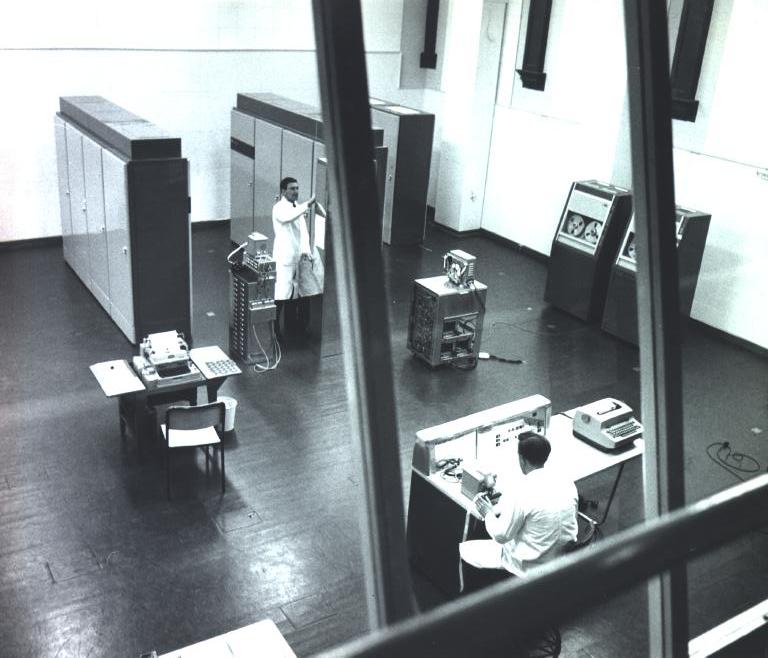| Title: | TITAN: The Poor Man’s ATLAS? |
| Speaker: | Dr David Hartley |
| Date: | 20 September 2007 |
| Time: | 14.30 Room open in advance (from 14.00) – meet up with society members. |
| Location: | Fellows Library of the Science Museum, Exhibition Road, London, SW7 2DD |

|
 |
About the talk
In the late 1950s, Manchester University designed, and Ferranti built and marketed, the Atlas Computer. In its day, Atlas was clearly one of the breed of supercomputers. Not only was it extremely fast, but incorporated a one-level store with automatic paging between core store and drum, had a very fast fixed-memory for essential operating functions, and an operating system that incorporated multi-programming with fully buffered input/output.
Atlas was accordingly very expensive, and Cambridge University, although it had a justifiable need, could in no way afford one. Cambridge’s previous two computers were home designed and built, but it was determined that its third machine should be bought in. The solution, thanks to some imaginative thinking was found by Ferranti. Cambridge designed a cut-down (and therefore cheaper) version of Atlas, which was christened Titan, and Ferranti put this on the market as Atlas 2.
Titan was installed in 1963 and used to run a computer service for the university. The supervisor (operating system) was further developed to provide multi-access facilities – enabling users on terminals to run their own jobs. The Cambridge University multi-access service went live in 1967, and was the first large scale multi-access service in the UK.
Titan pioneered many new developments in hardware and software, and provided productive and highly pragmatic time-sharing facilities for a large user population.
The talk will be followed by discussion on the topics raised.
About the speaker Dr David Hartley
David Hartley entered Clare College, Cambridge in 1956 and read Mathematics followed by what is now the Diploma in Computer Science. He obtained a PhD in programming languages and compilers, developing the EDSAC 2 Autocode in the early 1960s.
Following post-doctoral appointments in the Mathematical Laboratory, he was appointed University Lecturer in 1967, and then Director of the University Computing Service from 1970. In 1994 he became Chief Executive of UKERNA (lately renamed JANET(UK)), the body that develops and operates the JANET network on behalf of the UK academic community. He became Executive Director of the Cambridge Crystallographic Data Centre in 1997 and then Steward of Clare College from 2002.
President of the British Computer Society in 1999-2000, and recently elected Chairman of the Computer Conservation Society.
Click
![]() to see a podcast of this event.
to see a podcast of this event.